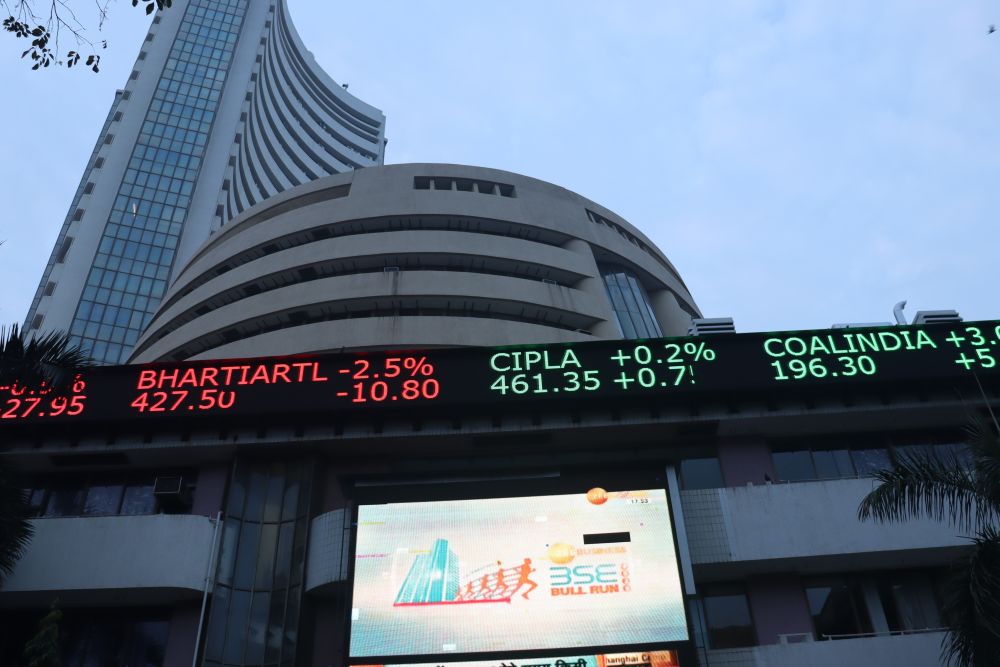
Governing the point where finance and technology meet is no easy feat. And the breakneck pace of innovation of digital assets suggests that the current regulatory framework surrounding this dynamic asset class will need to catch up.
More than 10 years have now elapsed since the release of the bitcoin whitepaper. During this period, a universe of digital assets has spawned, not just for cryptocurrencies, but also for the notion of tokenized assets. For market participants, the creation of a harmonious set of frameworks and appropriate safeguards are fundamental considerations.
The principle points of discussion revolve around the current status of regulations governing digital assets globally, the infrastructure needed to move towards a standardized framework and what asset managers can expect in the future.
On the same page?
Digital assets come in many forms, with cryptocurrencies such as Bitcoin, central bank digital currencies, stablecoins and tokenized securities among many new products that fall into the category.
New digital assets that were introduced to the market posed a challenge to the regulators, different types of digital assets possess unique and distinct risk profiles. However, having them under one regulatory umbrella is unlikely to offer investors much insight into the opportunities and risks at play. On the other hand, individual attempts from different regions to govern assets that are traded globally risk creating a patchwork of regulations that fragments the market. What has been done to overcome these hurdles?
Finding common ground
Early efforts to regulate digital assets found regulators making the choice of developing a new and different framework to govern these assets or looking to embed them into existing regulation. Both these approaches have their advantages and challenges. A notable example is the European Union’s introduction of the fifth anti-money laundering directive, which brings cryptocurrency service providers into the fold. The United Kingdom is set to enforce a similar proposed regime.
Despite these progressive steps to create regulatory clarity in certain segments of the digital assets market, there are many open questions across different jurisdictions that require further debate. One aspect is the issuance process of security tokens and clarity around the legal definition of custody and control of said digital assets.
National laws and property rights in the creation of securities and the transfer of title differ across countries, which can make it challenging to assess the impact of tokenized securities for the asset servicing industry. However, much will depend on how market structures develop.
One approach might be to deploy a distributed ledger technology-empowered central securities depository, which maintains central control over the issuance and settlement process via a permissioned network. In such a model, the needed regulatory change to enable a securities token market is probably low.
A potentially interesting solution would see tokenized securities issued and owned without the need for a central market authority. Here, issuers and their agents (e.g., a stock registrar) can issue security tokens and maintain an immutable record on the blockchain itself. From a regulatory perspective, this may require a dynamic adaptation of current regulatory concepts.
What can the finance industry expect?
For investors and asset managers keen to get involved in digital assets, there is a concern that a heavy-handed approach to regulation could undermine many of the benefits.
The promise of the distributed ledger technologies like blockchain that underpin digital assets is to create a decentralized market environment, which is characterized by peer-to-peer exchange and instant settlements, making markets more efficient.
This may require a move away from a fully centralized governance structure, but it remains unclear whether regulators are willing to do that and if they are, what the caveats might be. Asset managers will also need to pay close attention to whether digital assets issued without the involvement of a central securities depository meet their investment guidelines. For instance, the listing of such tokens on a public stock exchange may not be possible in all jurisdictions.
There is still plenty of change to come, but investors eyeing up digital assets can take confidence in the fact that the market is already moving with speed to regulate the space.
Swen Werner is the managing director for digital assets and markets development at State Street.









